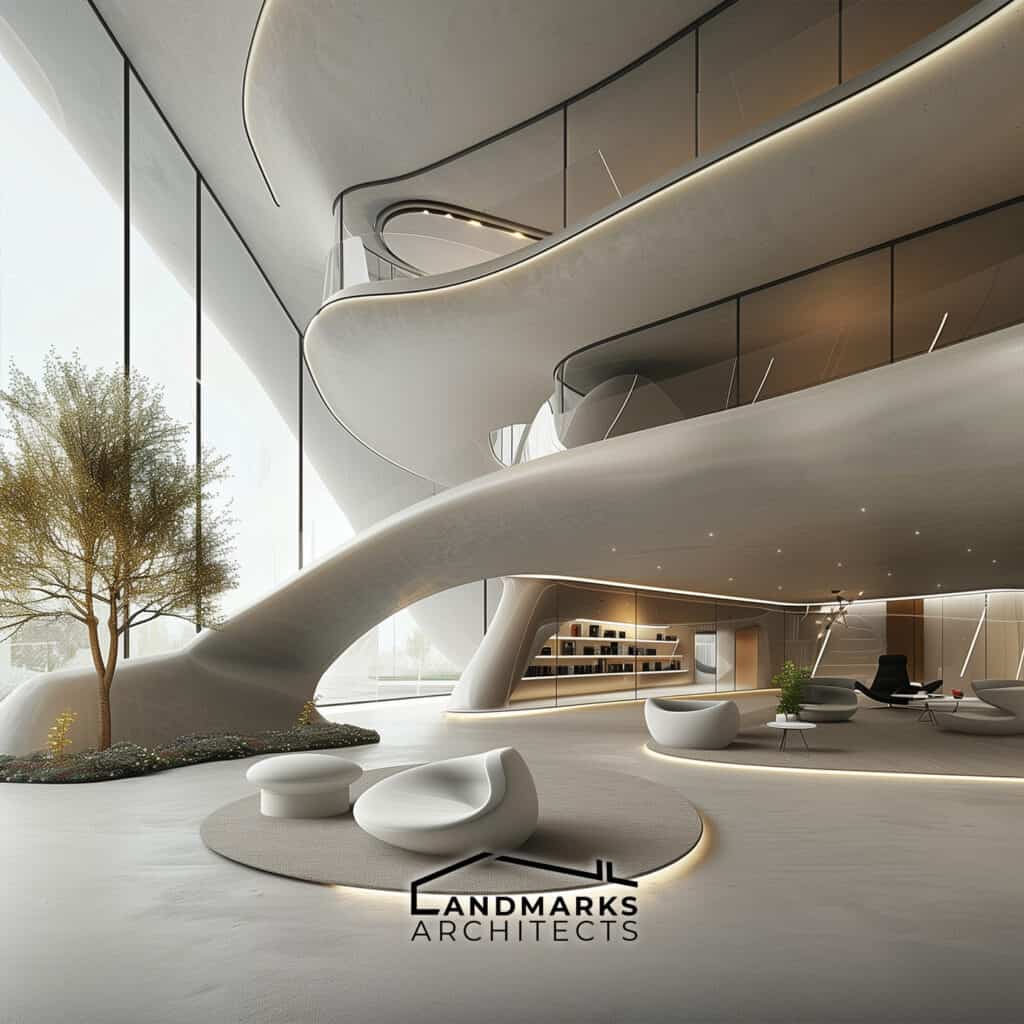

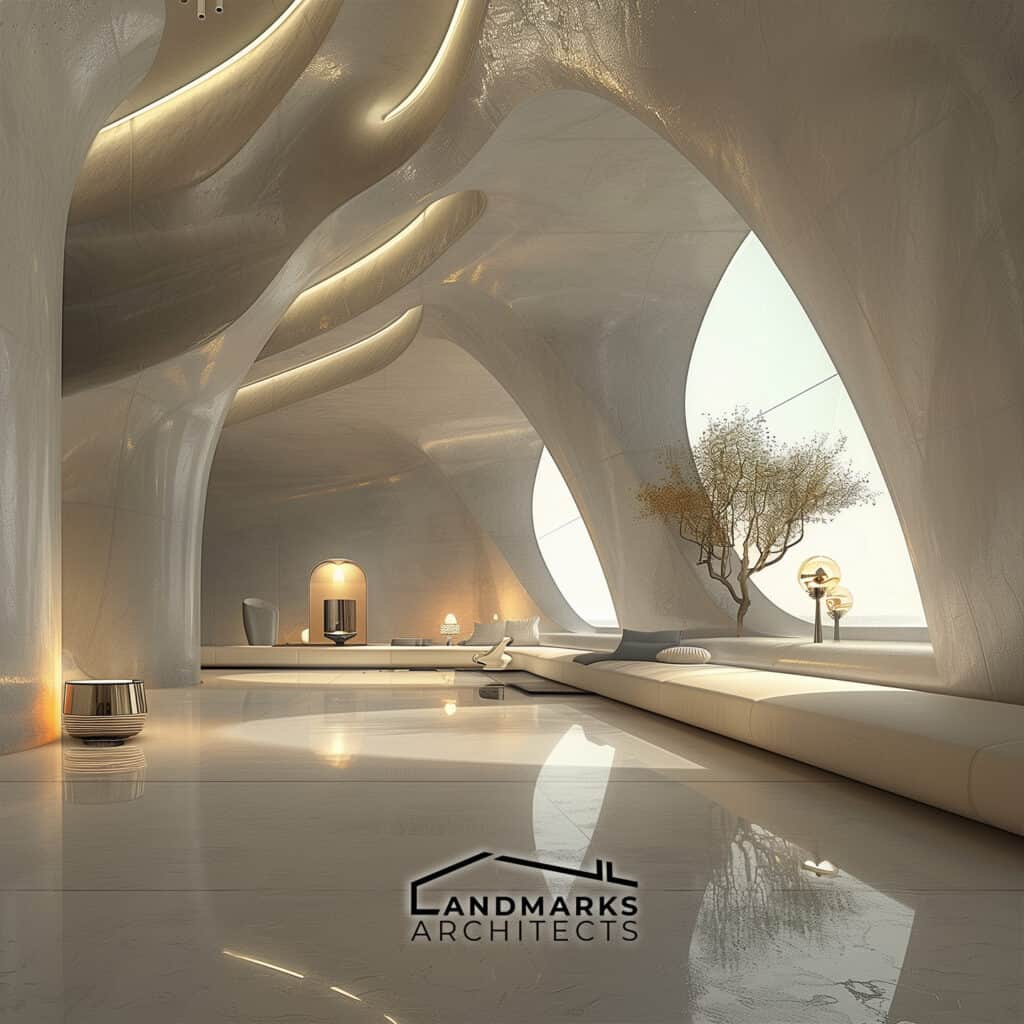
Curious about how architecture is evolving in the 21st century? With rapid advancements in design and technology, understanding the key trends shaping contemporary architecture is more important than ever. These trends are redefining the way we think about and approach building design, from sustainability to cutting-edge technology.
As architects, developers, and industry professionals, staying informed about these developments will not only elevate your projects but also position you as a leader in this dynamic field.
In this article, we will explore:
- Sustainable architecture
- Technological advancements and digital design
- Contemporary design and geometric forms
- Integration with the natural environment
- Adaptive reuse and historical references
As these trends continue to shape the future of architecture, how will you adapt your approach to stay ahead? Explore these insights to gain a deeper understanding of how they are influencing the architectural landscape.
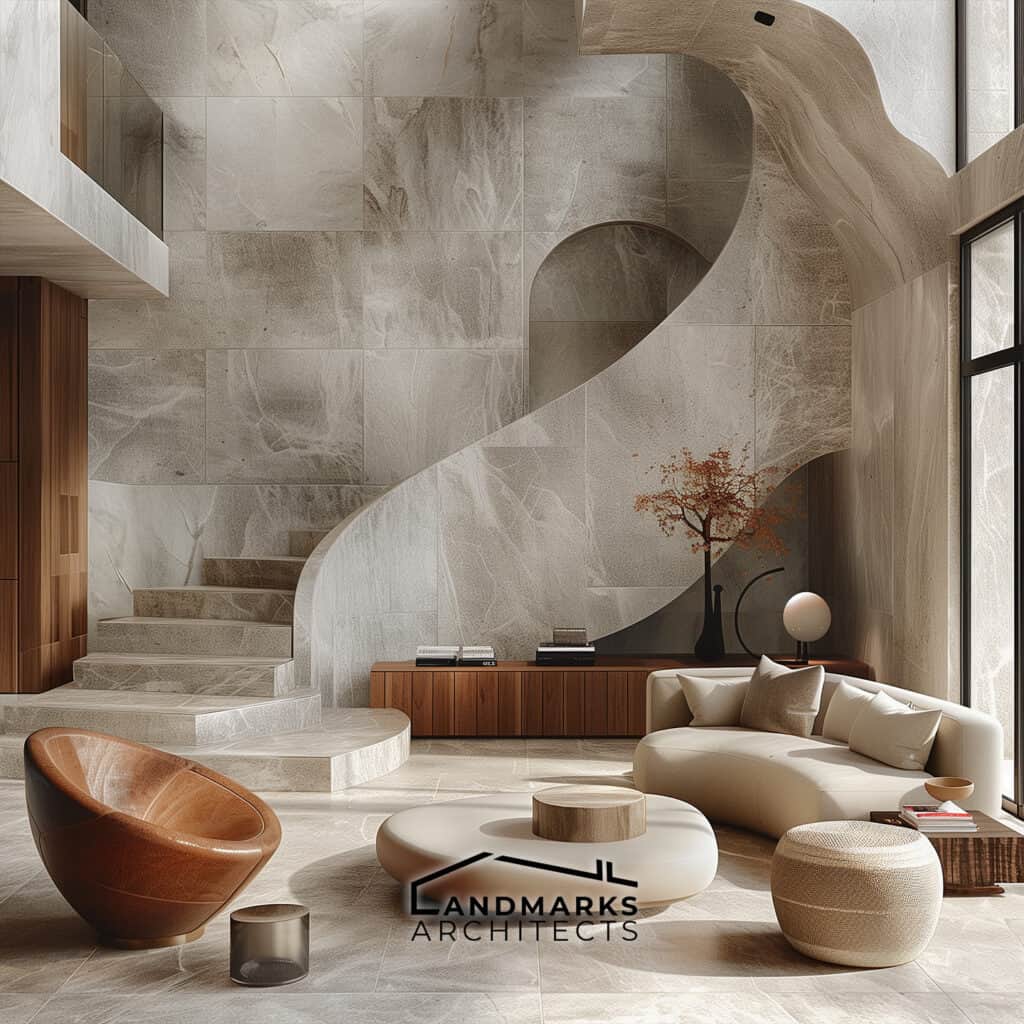
1. Sustainable Architecture
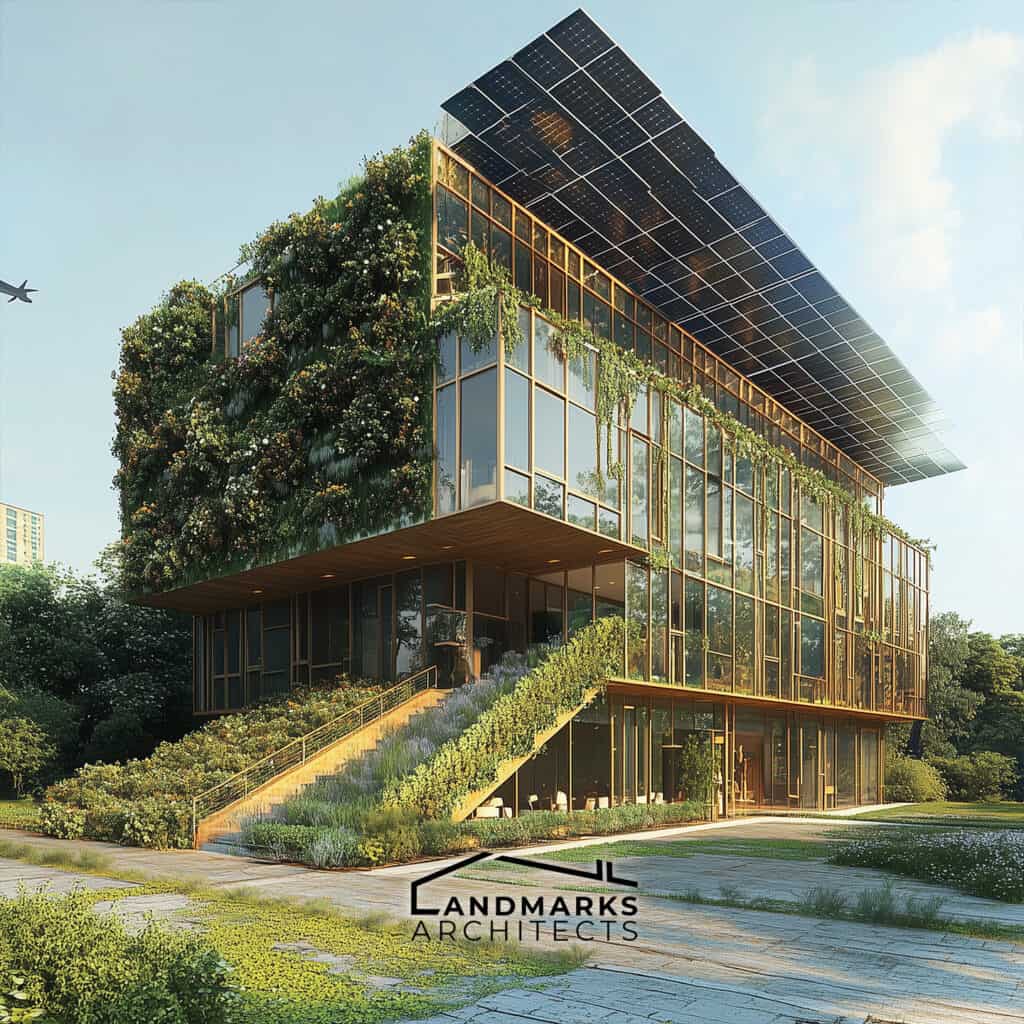
Sustainable architecture aims to minimize environmental impact while maximizing efficiency and resource conservation. This approach helps a harmonious relationship with the natural environment.
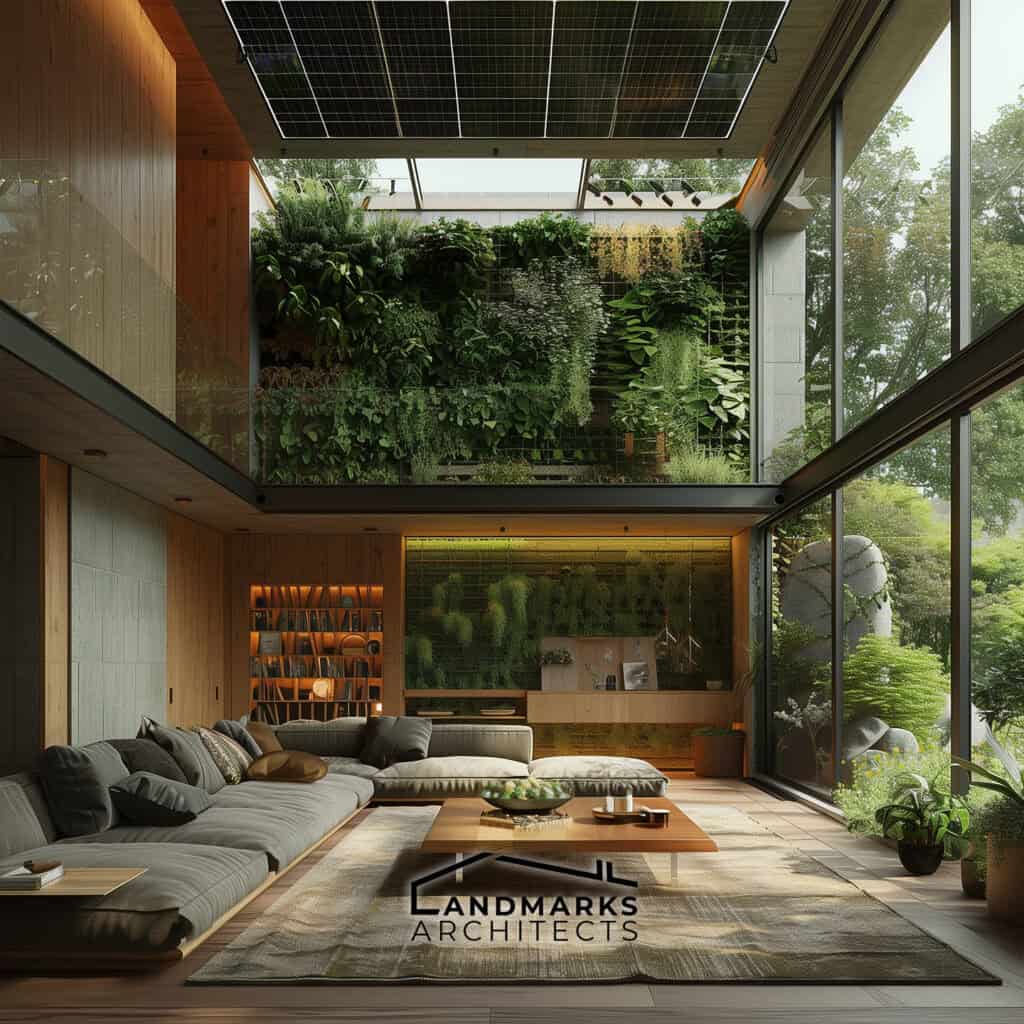
Key Aspects:
- Green Roofs: Improve insulation and reduce heat absorption.
- Solar Panels: Decrease reliance on fossil fuels by harnessing solar energy.
- Recycled Materials: Cut down waste and conserve natural resources.
Notable Examples:
- The Edge, Amsterdam: Known as one of the greenest buildings in the world, The Edge uses solar panels, energy-efficient systems, and sustainable materials.
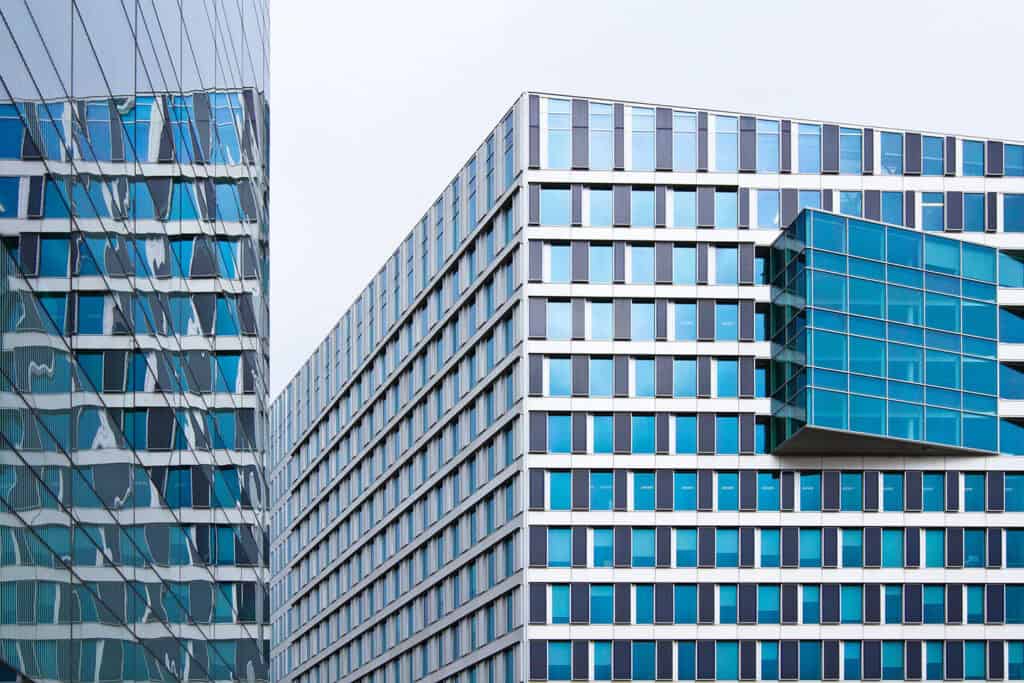
- One Central Park, Sydney: This building features a large vertical garden, integrated renewable energy sources, and water recycling systems.
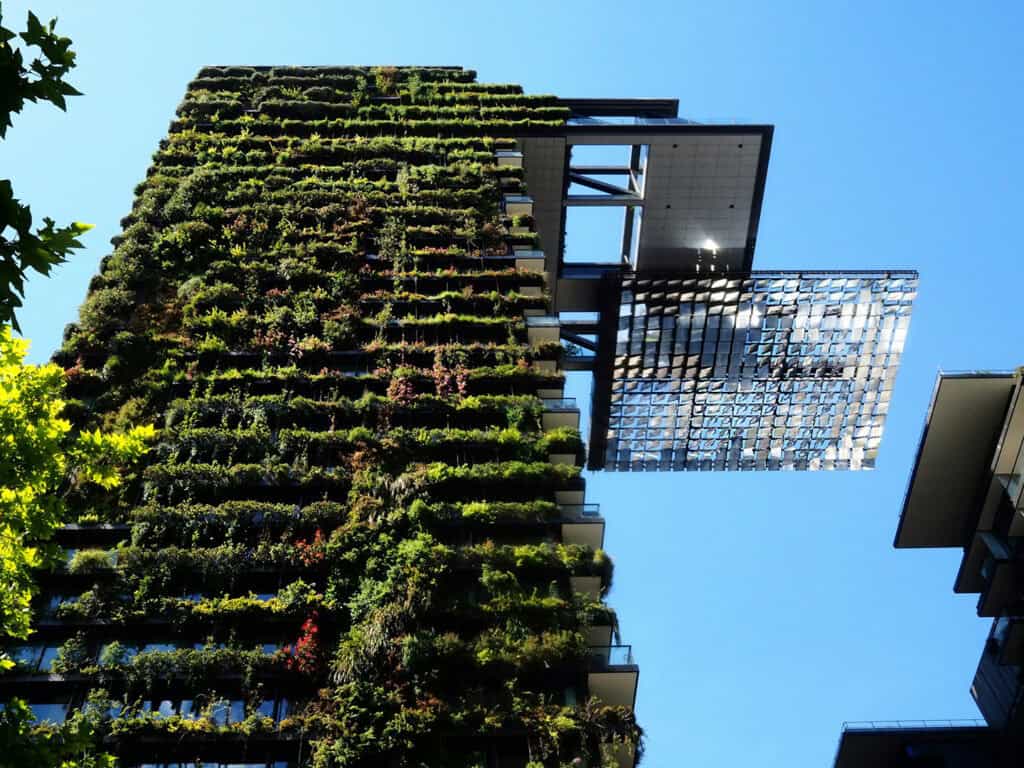
Impact: Sustainable architecture promotes environmental benefits, conserves resources, and integrates buildings seamlessly into their surroundings.
2. Technological Advancements and Architectural Technology
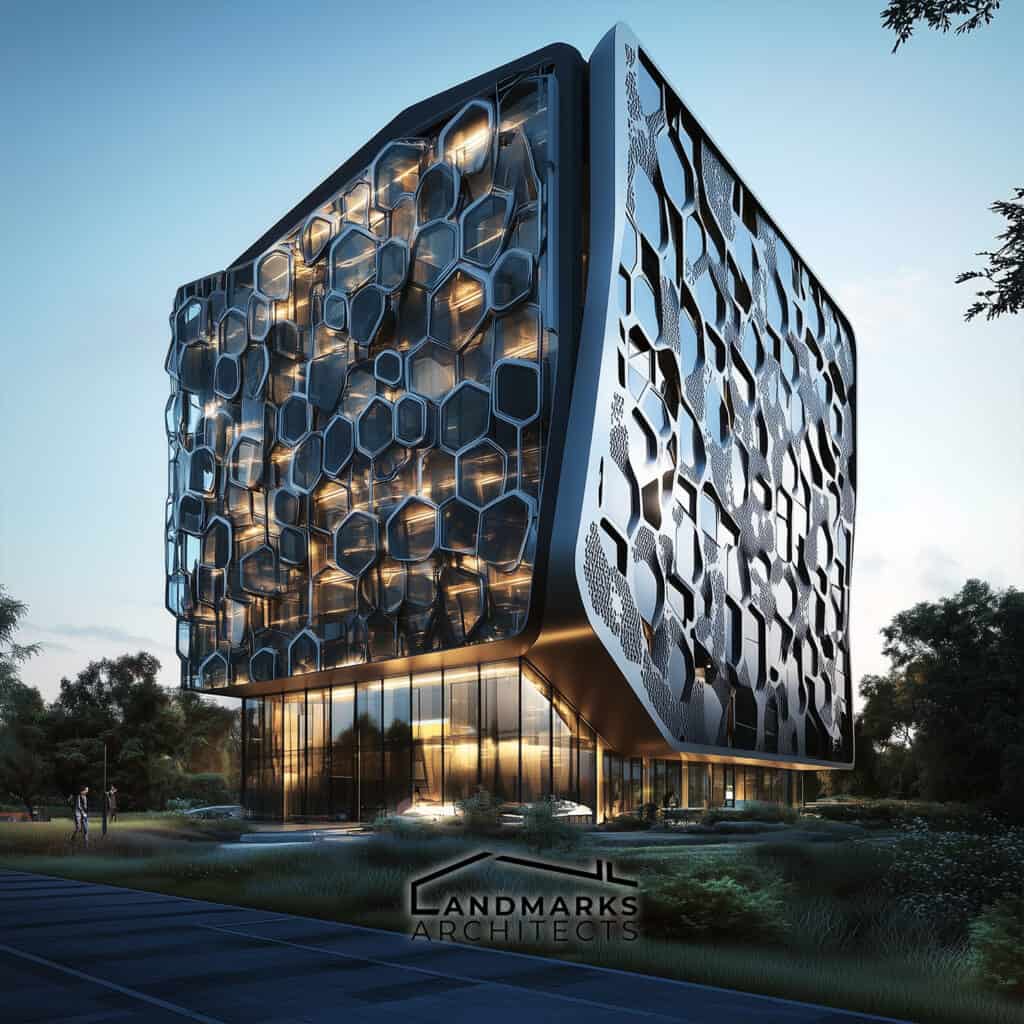
Modern architectural styles has been revolutionized by technological advancements and digital design tools. Computer-aided design (CAD) programs and other technologies allow for intricate, precise designs, enhancing efficiency in building processes.
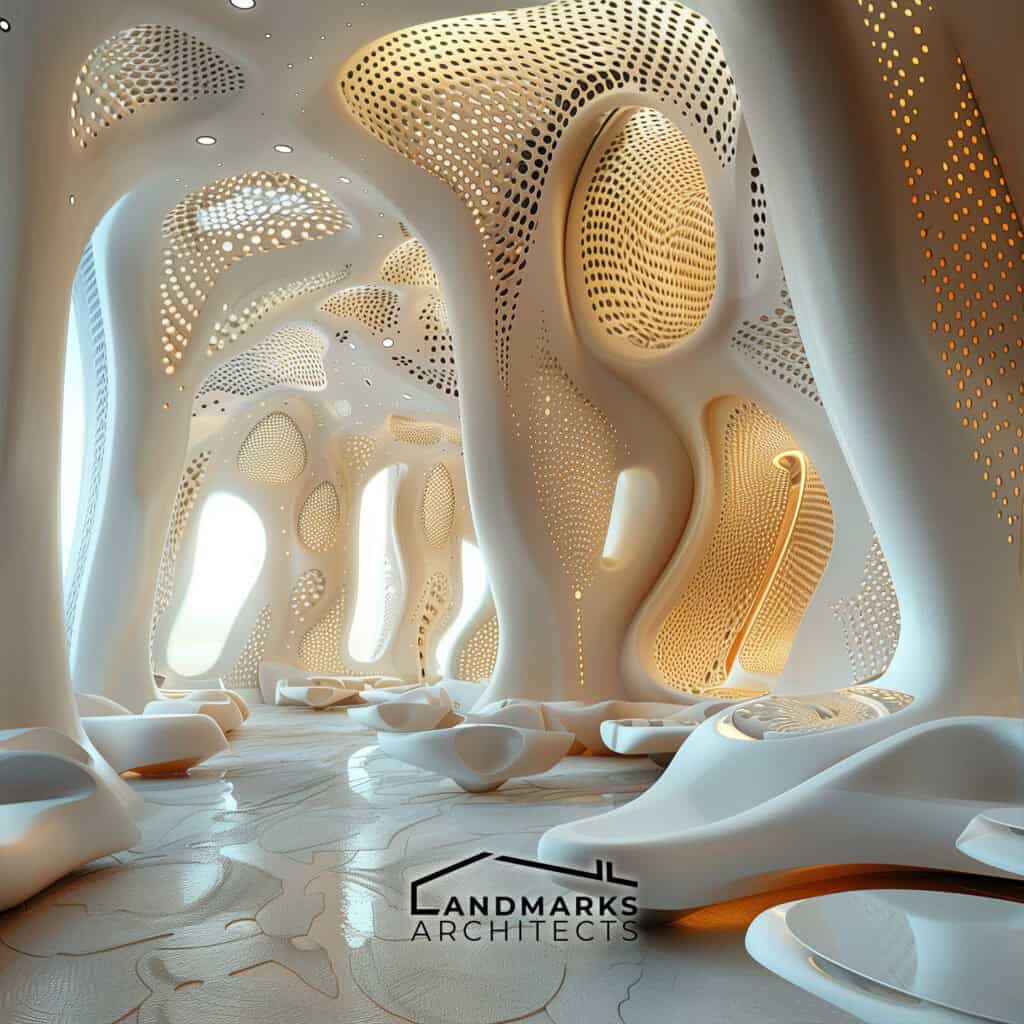
Key Aspects:
- Advanced Tools: Enable experimentation with complex forms and materials.
- High-Tech Architecture: Integrates technology into structural design, leading to iconic landmarks.
Notable Examples:
- Beijing National Stadium (Bird’s Nest): Showcases innovative structural design through advanced digital modeling.
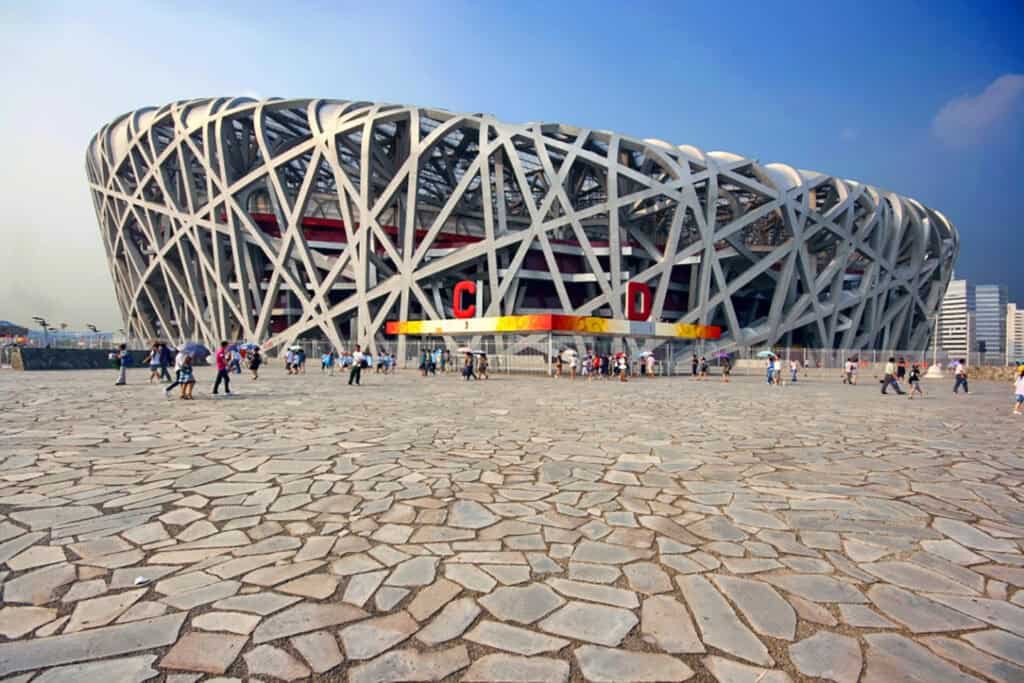
- Frank Gehry’s Work: Utilizes digital tools for designing sculptural and fluid forms.
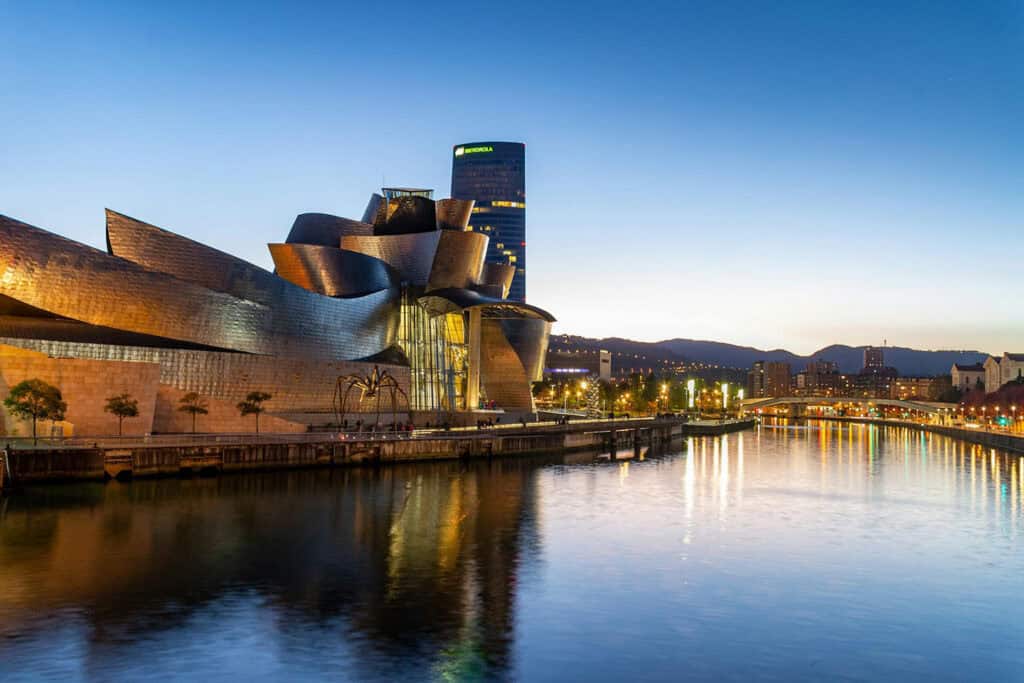
Impact: Technology enhances design possibilities and construction efficiency, leading to groundbreaking architectural achievements.
3. Contemporary Design and Geometric Forms
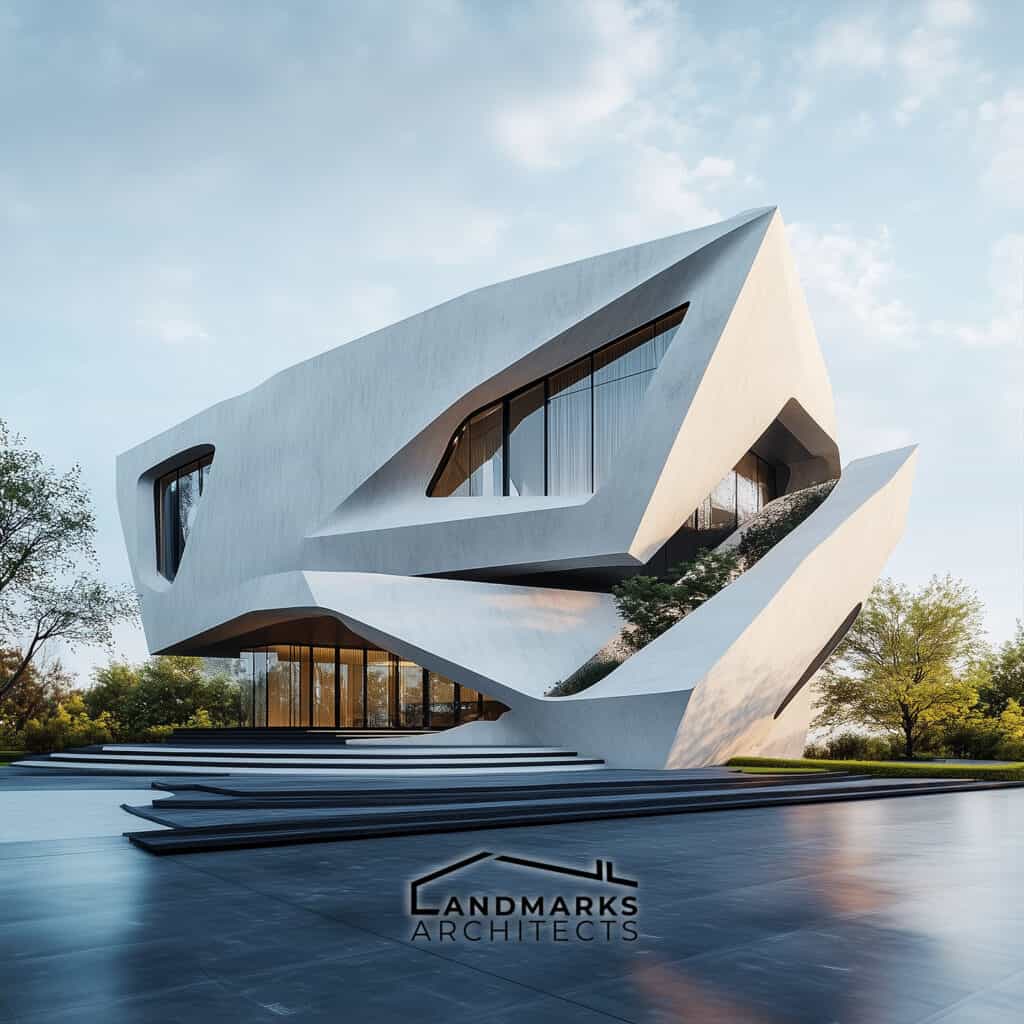
In the 21st century, contemporary architecture increasingly incorporates geometric forms and sculptural designs. This approach often blends organic shapes with clean lines, showcasing contemporary elements that create striking visual impacts in the built environment.
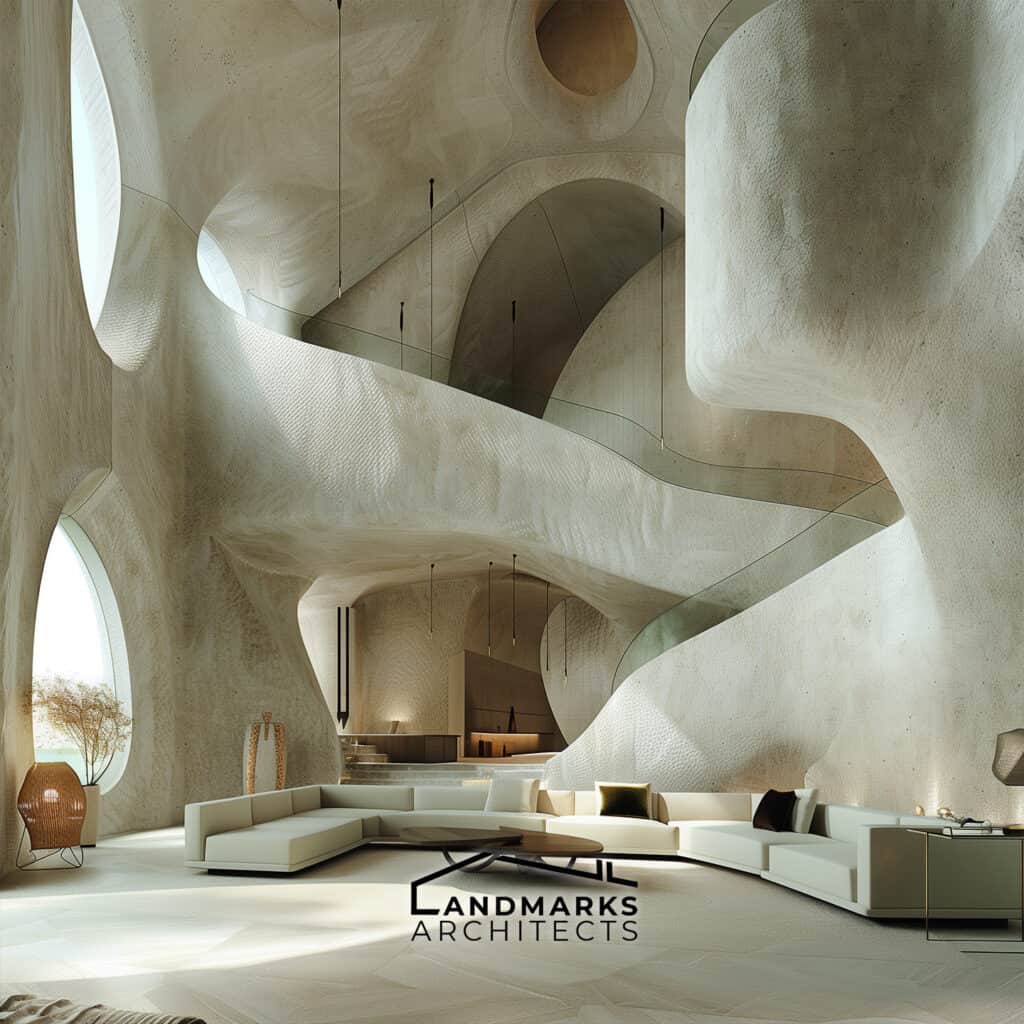
Notable examples:
- Walt Disney Concert Hall: Features unique geometric shapes and fluid forms, with a reflective stainless steel exterior.
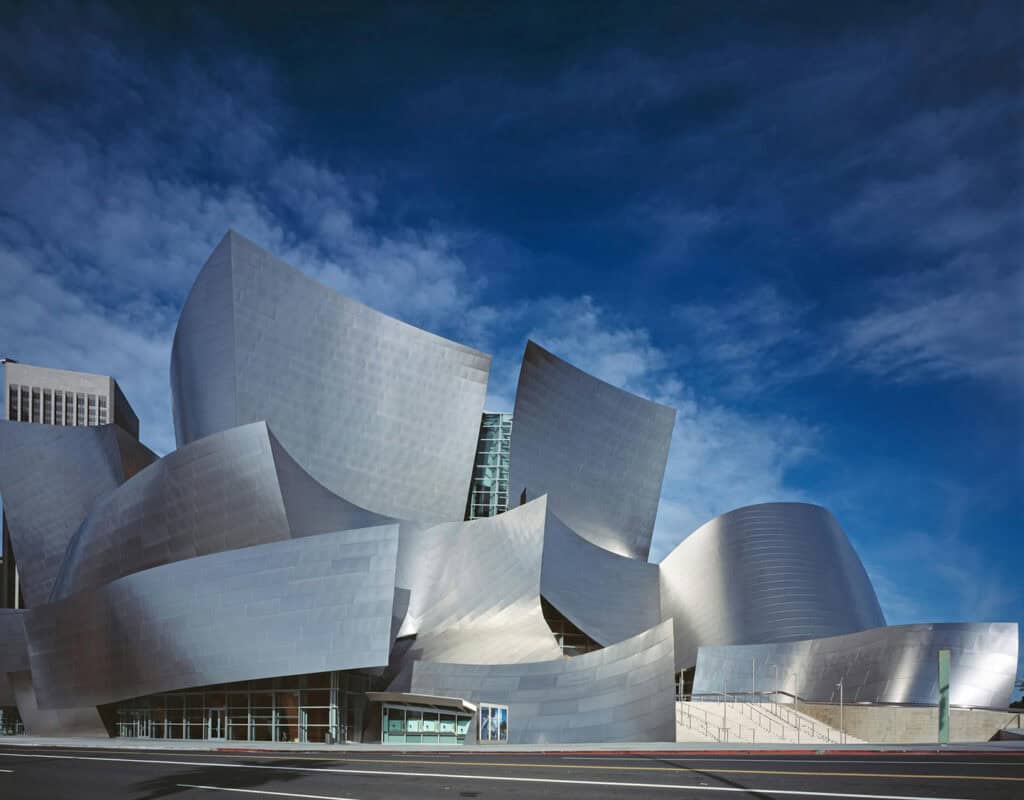
- Zaha Hadid’s Designs: Renowned for dynamic, sculptural forms that challenge traditional architectural norms, as seen in the London Aquatics Centre and the Heydar Aliyev Center in Baku.
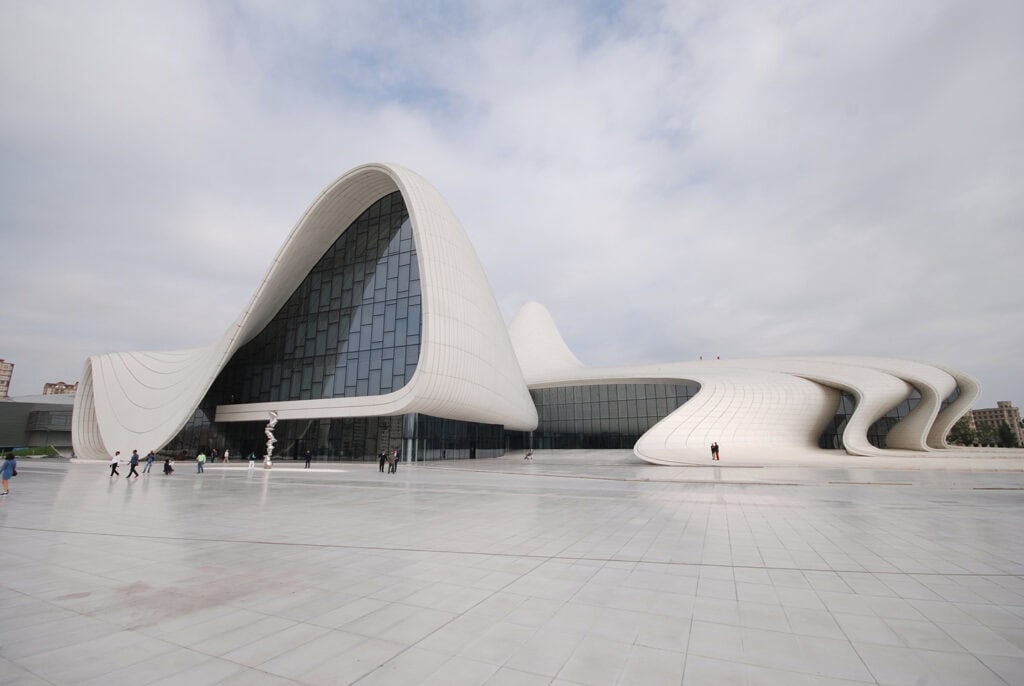
Impact: Contemporary architectural design continues to showcase how geometry can merge beauty with functionality, leading to iconic structures admired worldwide.
See also: What Are the Elements of Organic Architecture? 8 Elements
4. Integration with Natural Environment
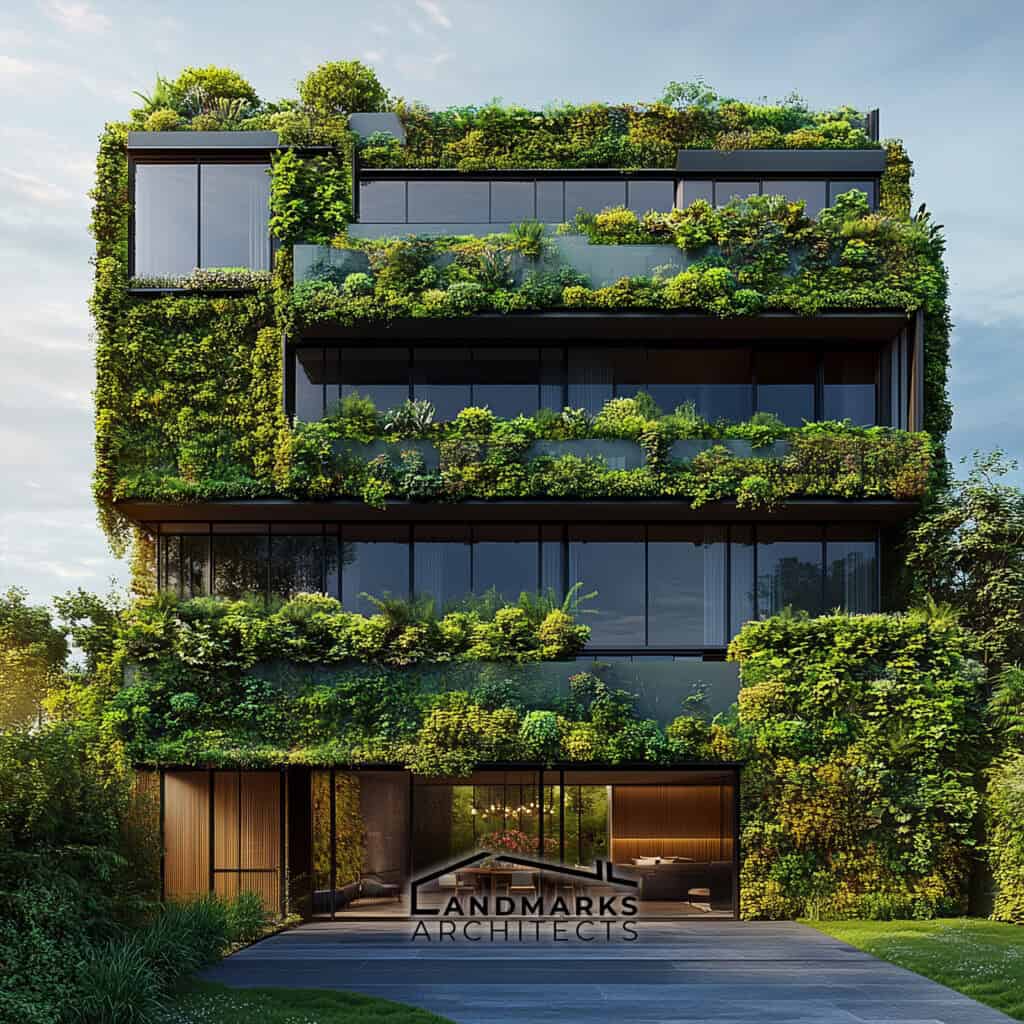
In the 21st century, modern buildings emphasize the importance of integrating with the natural environment. This approach highlights the use of natural light and seamlessly incorporates the surrounding environment into the design.
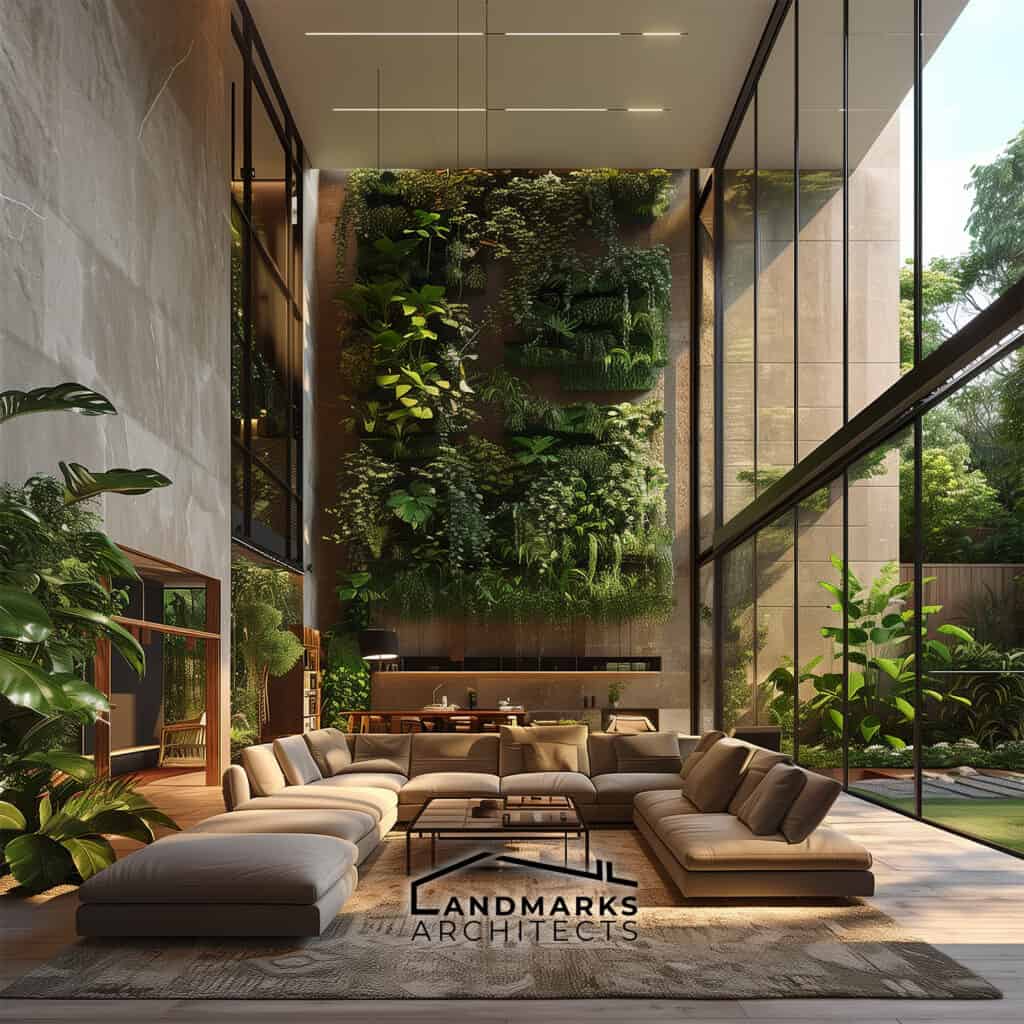
Key Aspects:
- Vertical Gardens: Enhance urban greenery and air quality.
- Building Materials: Reflect the local landscape and climate.
- Indoor-Outdoor Transition: Creates a cohesive, harmonious environment.
Notable Examples:
- Guangzhou Opera House: The Opera House’s design integrates seamlessly with the Pearl River waterfront, reflecting an architectural commitment to blending built structures with their natural surroundings.
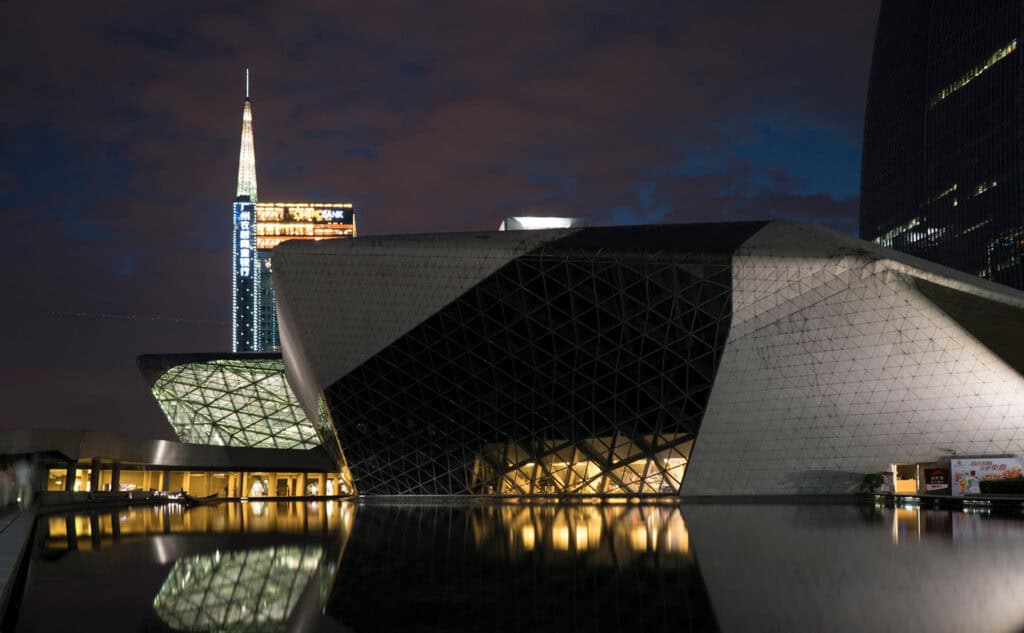
- The CaixaForum Madrid: The CaixaForum Madrid is famous for its vertical garden and extensive use of natural light in combination with the surrounding environment.

Impact: These design strategies promote sustainability and enhance the quality of the built environment.
See also: What is modernist style in architecture? 10 key features
5. Adaptive Reuse and Historical References
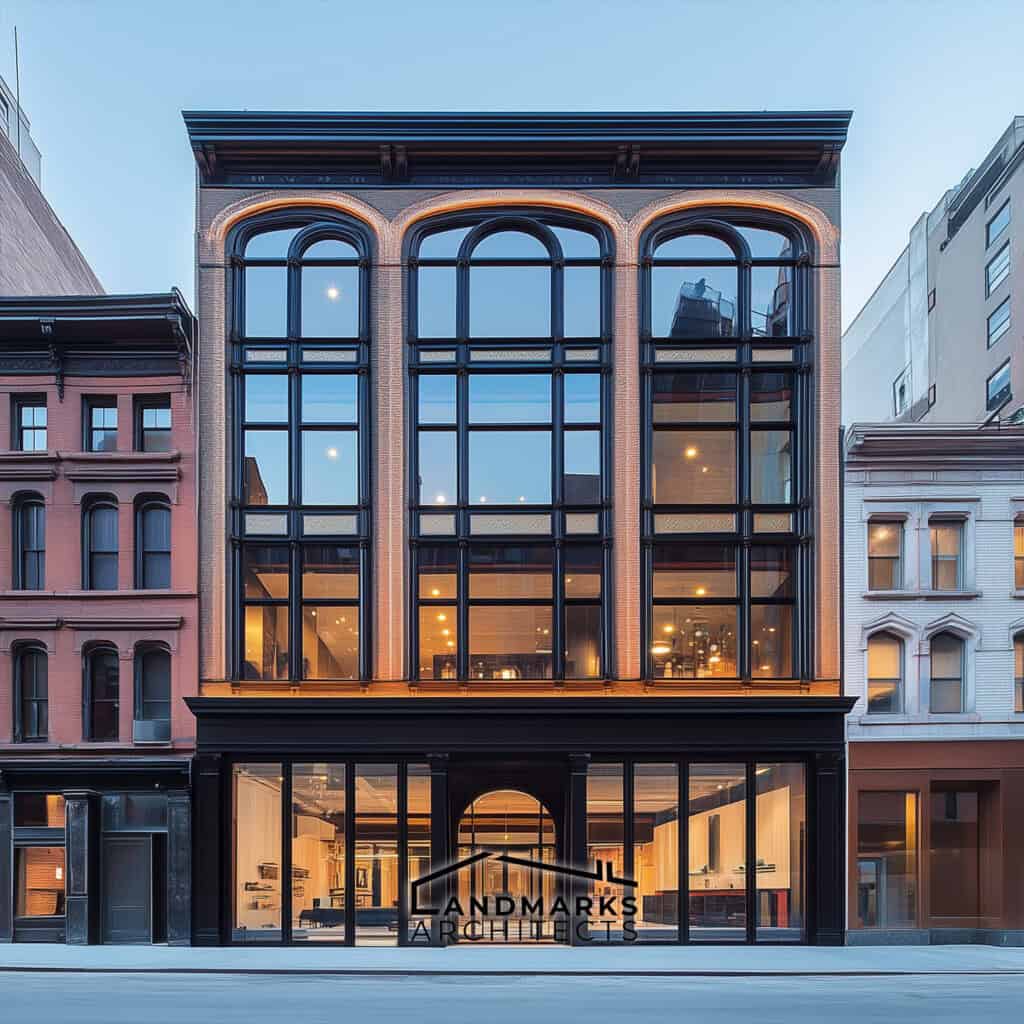
Adaptive reuse is a significant trend in 21st-century architecture, highlighting the transformation of older structures into contemporary buildings.
This approach not only preserves elements of architectural history but also integrates sustainable practices to address modern needs.
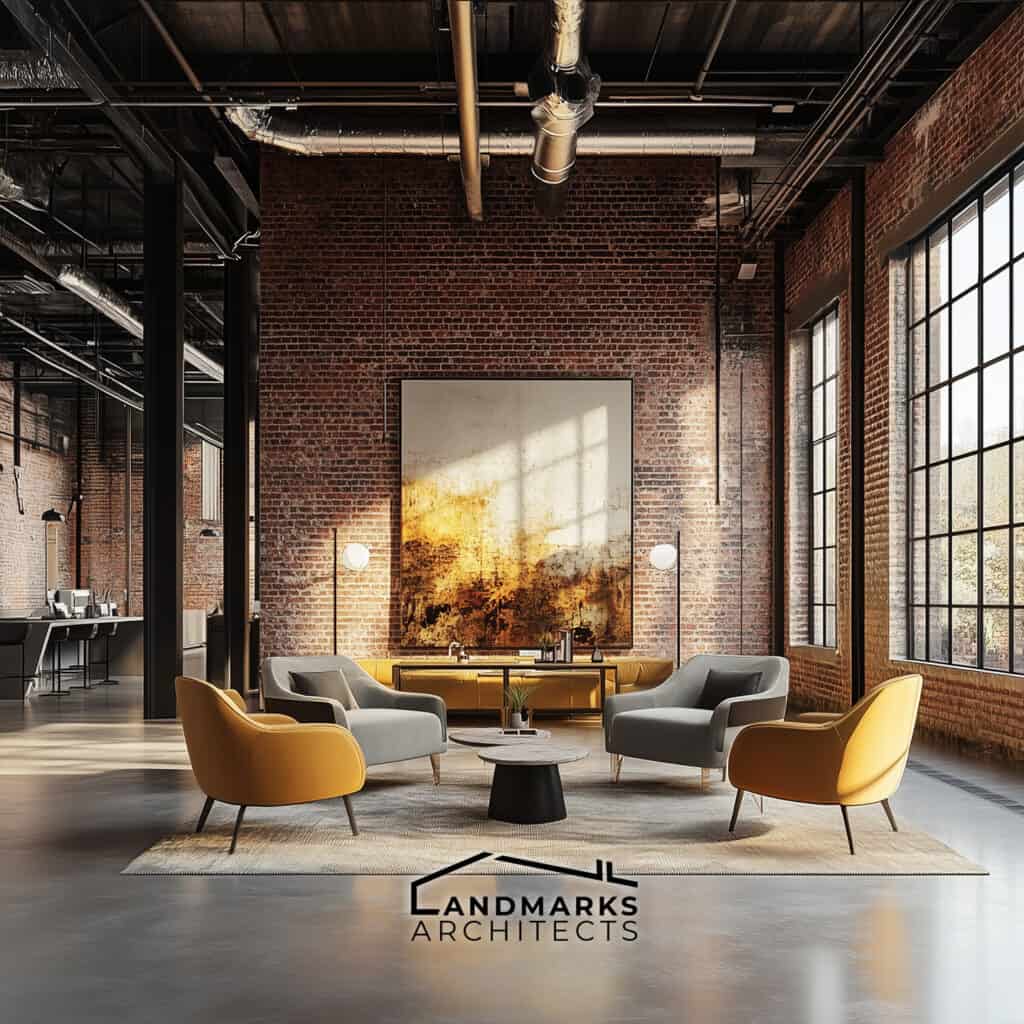
Notable examples:
- The Gasometer City, Vienna: The Gasometers were four large gas tanks that were repurposed into residential and commercial spaces, combining historical industrial architecture with modern living.
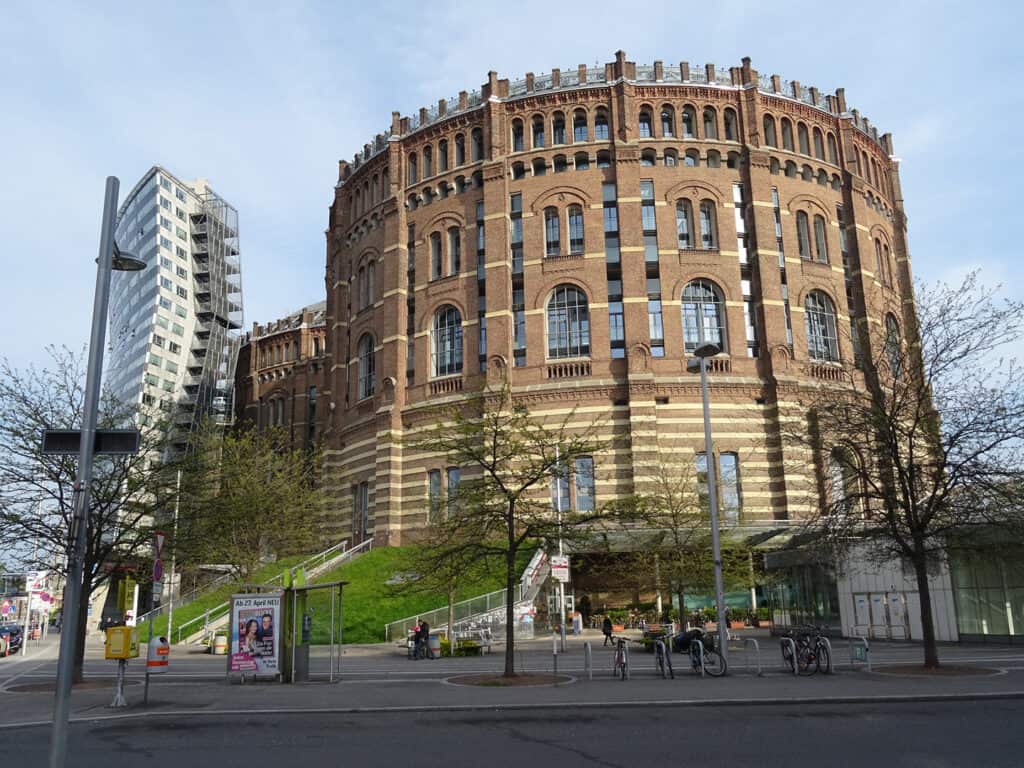
- The High Line, New York City: This park was created from a disused elevated railway track. The project preserved the historical structure while repurposing it as a public green space.

Impact: Contemporary architects often blend elements of postmodern architecture with adaptive reuse. This approach respects the original architectural narrative while introducing modern functionality.
What Are the 5 Major Trends in 21st Century Architecture? A Recap
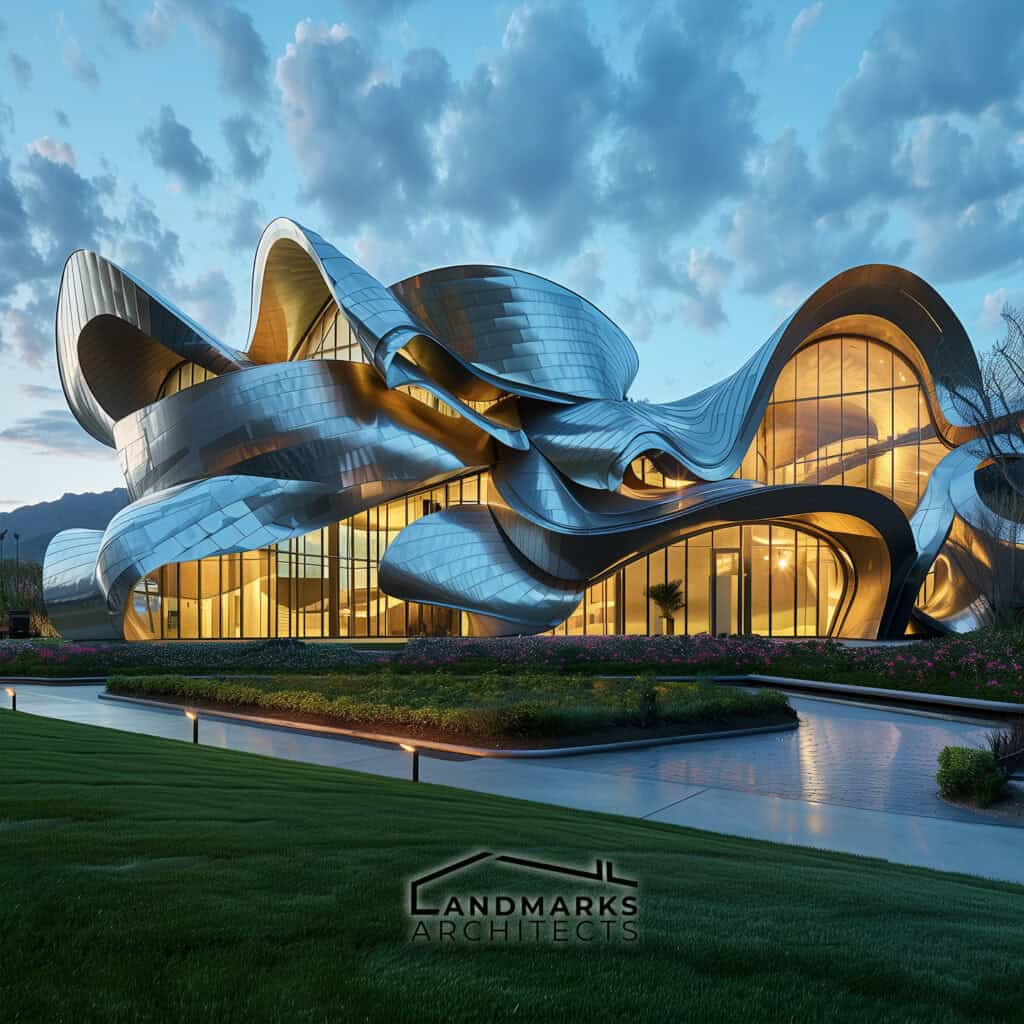
The architectural landscape of the 21st century has been profoundly shaped by key trends, including the rise of modern organic architecture, the innovative use of digital technology, and the integration of natural elements in design. Visionary architects like Frank Gehry and Zaha Hadid have been at the forefront of these movements.
As the architecture industry evolves, these trends will significantly impact future designs, driven by the modern movement. Advanced tools and new materials will enhance creativity and sustainability in building methods, reflecting the ongoing influence of the modern movement.
Engaging with contemporary architectural practices can inspire innovative designs in their projects. Understanding these elements will enrich their appreciation of the built environment.









